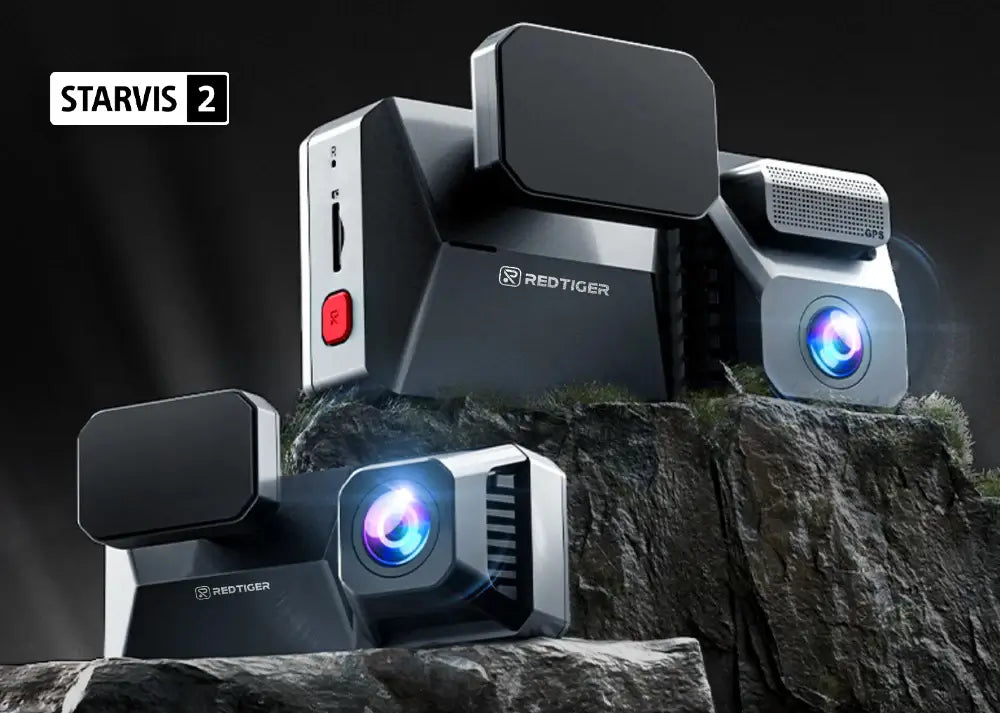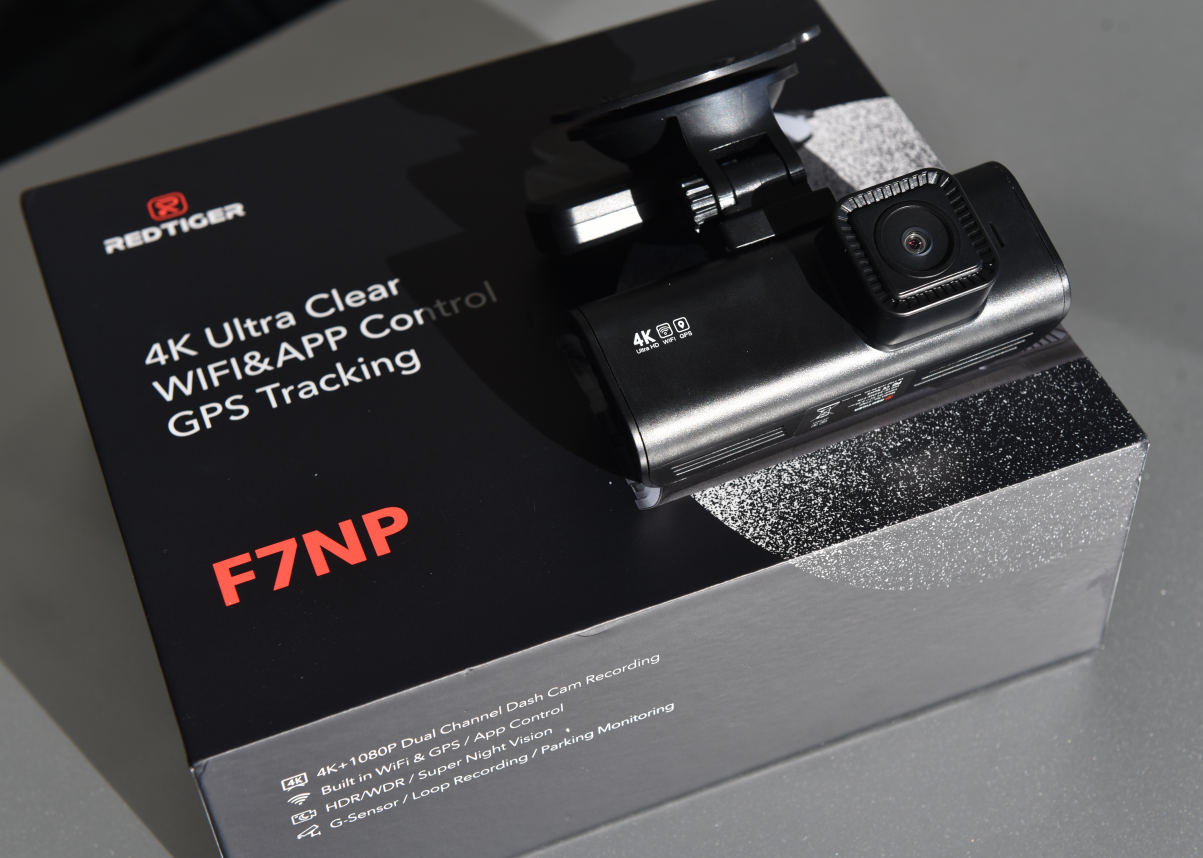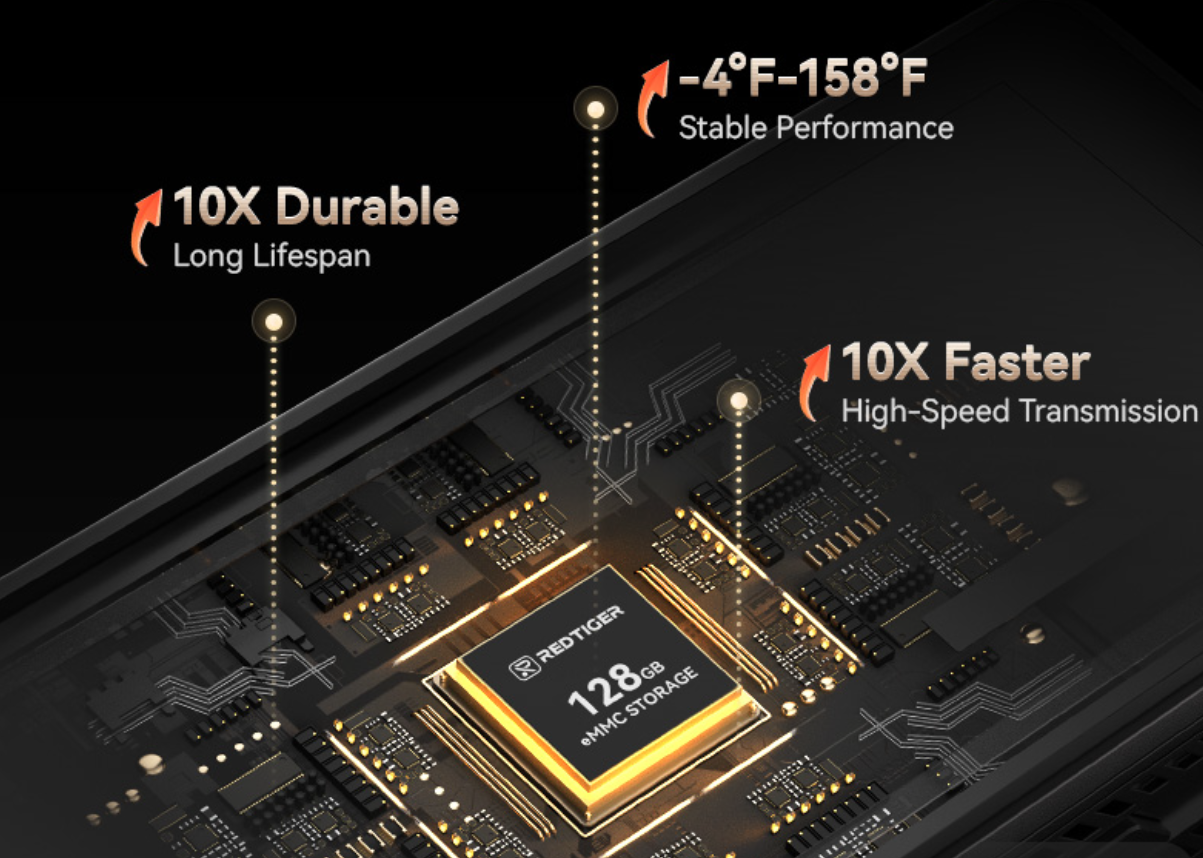Inside this Article:
- Introduction
- What Is the Sony Starvis 2 IMX678 Sensor?
- How Does It Improve Nighttime Recording?
- How Does It Improve Daytime Recording?
- What is the Difference Between IMX678 and Previous Sensors?
- What Types of Cameras Use the IMX678 Sensor?
- Conclusion
- FAQs About IMX678
- 1. What is the Sony Starvis 2 IMX678 sensor used for?
- 2. How does the Sony Starvis 2 IMX678 sensor improve low-light performance?
- 3. Does the Sony Starvis 2 IMX678 sensor support high-resolution recording?
- 4. What makes the Sony Starvis 2 IMX678 different from previous models?
- 5. Why is WDR technology important in the Sony Starvis 2 IMX678 sensor?
Introduction
The Sony Starvis 2 IMX678 sensor represents a significant advancement in image sensor technology, particularly in the realm of dash cams, security cameras, and other surveillance devices.
As video recording quality becomes increasingly important for both personal and professional use, having a sensor that excels in all lighting conditions is critical.
This guide will explain what the Sony Starvis 2 IMX678 sensor is, why it is important for low-light and daytime recording, and how it improves the overall recording experience.
By the end, you will have a clear understanding of why this sensor is a game-changer for high-quality video capture.
What Is the Sony Starvis 2 IMX678 Sensor?
The Sony Starvis 2 IMX678 sensor is a high-performance image sensor designed specifically for cameras that need to record high-quality 4K video both day and night.
Sensor is a critical component in any camera system that converts light into electronic signals, ultimately creating the image or video you see. The quality of the sensor directly affects how well the camera can capture detail, especially in challenging lighting conditions.
What sets the IMX678 apart from its predecessors, such as the IMX335 or IMX307, is its enhanced ability to handle low-light environments, offering superior low-light performance. Additionally, it boasts improved color reproduction, ensuring that images maintain their accuracy and vibrancy, even in dim settings.
Those features making it ideal for use in dash cams, surveillance systems, and automotive applications where reliable day and night recording is essential.
How Does It Improve Nighttime Recording?
The Wide Dynamic Range (WDR) technology embedded in the Sony Starvis 2 IMX678 sensor enhances nighttime recording by balancing both dark and bright areas within the frame.
When driving at night, sudden light sources like streetlights, headlights, or reflections can create blinding spots or overexposed sections in the video.
WDR works by capturing multiple exposures at different light levels and combining them to create a balanced image. This ensures that areas in both shadows and bright spots are clearly visible without losing detail.
For dash cams, this means that important features like road signs, pedestrians, or other vehicles are captured accurately, even in situations where lighting is uneven.
With improved low-light capabilities, the IMX678 sensor ensures that important details, such as license plates or faces, are captured clearly, even in near-darkness. This feature is essential for providing accurate evidence in case of accidents or incidents.
How Does It Improve Daytime Recording?
During the daytime, the High Dynamic Range (HDR) feature of the IMX678 sensor ensures high-quality video recordings, even in bright or high-contrast conditions.
HDR technology captures a wider range of light and color, producing more balanced exposure in scenes where shadows and bright sunlight are both present.
For example, when driving under direct sunlight or passing through tunnels, HDR prevents underexposure in dark areas and overexposure in bright areas. This results in footage that accurately reflects the environment, providing sharpness and color accuracy.
The ability to balance harsh lighting conditions during the day makes the IMX678 sensor ideal for both dash cams and surveillance systems that operate in outdoor environments.
What is the Difference Between IMX678 and Previous Sensors?
The Sony Starvis 2 IMX678 sensor offers several key improvements over previous sensors in the Starvis series, such as the IMX335 and IMX307. Here’s a breakdown of the major enhancements:
-
Increased Low-Light Sensitivity: The IMX678 features a 30% improvement in low-light performance compared to the IMX335, ensuring better clarity in near-dark environments.
-
Higher Resolution: The IMX678 sensor supports higher resolutions (up to 4K), whereas previous models were typically limited to 1080p. This upgrade provides sharper images and better detail, which is especially useful in surveillance or when capturing small objects like license plates.
-
Improved WDR Performance: The WDR function in the IMX678 has been refined to provide more balanced images in extreme lighting conditions, surpassing the capabilities of older sensors.
-
Enhanced Color Reproduction: The IMX678 also has improved color reproduction accuracy, especially in low-light environments, where older sensors often struggled to maintain true-to-life colors.
These advancements make the IMX678 a top choice for modern dash cameras that require both superior day and night performance.
What Types of Cameras Use the IMX678 Sensor?
The Sony Starvis 2 IMX678 sensor is versatile and widely used in various camera types that demand high-quality video recording:
-
Dash Cams: 4K Dash cams equipped with the IMX678 sensor benefit from its superior low-light and WDR capabilities, making them ideal for recording both day and night, ensuring all critical details are captured clearly. Using Dash Cam as a safeguard for your vehicle is a wise choice.
-
Surveillance Cameras: Security cameras with the IMX678 sensor excel in monitoring low-light environments, such as parking lots, streets, and homes. Its night vision and high-resolution capabilities provide reliable surveillance footage.
-
Body Cameras: For law enforcement or private security, body cameras with the IMX678 sensor offer enhanced performance in both bright daylight and low-light conditions, ensuring important interactions and events are captured in detail.
Conclusion
The Sony Starvis 2 IMX678 sensor represents a significant leap forward in image sensor technology, providing superior performance in both low-light and daytime conditions. With its WDR and HDR capabilities, it balances lighting conditions to ensure maximum visibility in challenging environments.
This makes it the ideal sensor for dash cams and surveillance systems that require reliable video recording under any circumstances.
FAQs About IMX678
1. What is the Sony Starvis 2 IMX678 sensor used for?
The Sony Starvis 2 IMX678 sensor is designed for use in dash cams, surveillance cameras, and body cameras, providing high-quality video recording in both day and night conditions, thanks to its superior low-light performance and wide dynamic range.
2. How does the Sony Starvis 2 IMX678 sensor improve low-light performance?
The IMX678 sensor uses Wide Dynamic Range technology, allowing more light to reach the sensor, which enhances visibility in low-light environments. This results in clearer, more detailed footage during nighttime recording.
3. Does the Sony Starvis 2 IMX678 sensor support high-resolution recording?
Yes, the IMX678 sensor supports resolutions up to 4K, providing sharp, detailed images. This high resolution is ideal for capturing small details like license plates or facial features in both day and night conditions.
4. What makes the Sony Starvis 2 IMX678 different from previous models?
The IMX678 offers a 30% improvement in low-light sensitivity over earlier models like the IMX335. It also delivers enhanced Wide Dynamic Range (WDR) and High Dynamic Range (HDR) for better performance in high-contrast lighting, making it superior in both bright and dark environments.
5. Why is WDR technology important in the Sony Starvis 2 IMX678 sensor?
WDR technology helps balance exposure in scenes with both bright and dark areas, preventing overexposure and underexposure. This is crucial for capturing clear footage during nighttime driving or in settings with uneven lighting, like streetlights or headlights.









Leave a comment
All comments are moderated before being published.
This site is protected by hCaptcha and the hCaptcha Privacy Policy and Terms of Service apply.